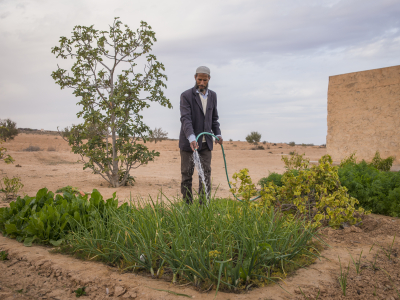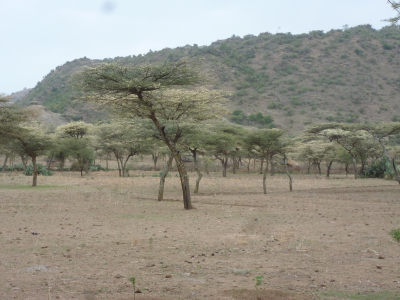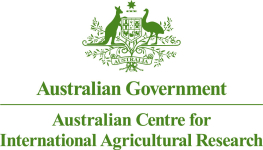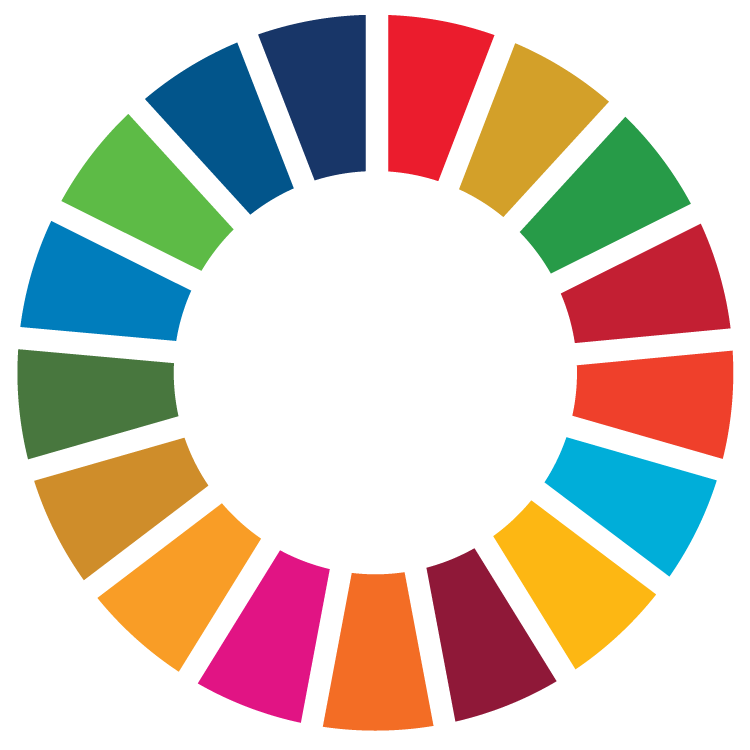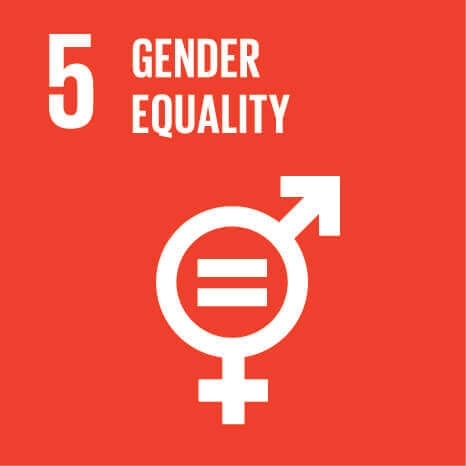The Nile Delta covers an agricultural area of approximately 2.5 million ha, irrigated by a dense network of waterways, including 40,000 km of canals that branch off the Nile River and convey water to over 2 million farmers across several nested geographical scales and institutional levels. Conventional irrigation efficiency is low in average, but the intensity of water reuse in the delta drastically increases macro-level efficiency.With a current population growth rate of 2.1%, concern over a growing dependency on food imports and the need to compensate for the loss of highly productive agricultural land associated with urbanisation, the Egyptian Government has pursued a strategy of vertical expansion (i.e. intensification on existing cultivated lands) and horizontal expansion into the desert (‘New Lands’), which is predicated upon better management and water savings in the ‘Old Lands’.
Land and water management practices are closely linked to the way people work and interact, and to institutions in general, including sets of formal/informal rules and practices. These practices in turn determine the patterns of water circulation and use, both in terms of quantity and quality, and govern which sources of water are tapped; the efficiency of water use at different scales; the spatial distribution of shortages in supply; the magnitude of the different return flows; the amount of salts applied and removed from fields; the spatial and temporal variation in salt contents; and the suitability of drainage water for reuse. The most salient characteristic of the delta, and the source of much complexity in managing land and water resources, is the interconnectedness between users and managers across a maze of waterways.
The overall aim of the project is to identify physical and institutional interventions to improve water management in the Nile Delta using an integrated approach across scales (from farm to main canal levels) and encompassing water quantity–quality interactions.
The project will produce new elements of knowledge on water and salt management at different scales/levels in the central part of the Nile Delta that can be integrated into a sound and compatible set of recommendations at the plot/farm level (land and water management and farming practices, in tandem with the companion LCE project); at the meso level (collective action at the tertiary and secondary levels); at the macro level (main canal; interfacing between managers and water users; rice/aquaculture/lake transect); and national levels (water-saving potential and land expansion strategies).
The originality of the project lies in the way it considers and integrates the interactions between water quantity and quality on the one hand and cross-scale interactions on the other. The interventions proposed at these different scales aim at increasing the efficiency of resource use and the uniformity/equity of distribution, under constraints of multiple reuse/recycling, limited overall supply and degraded water quality.
